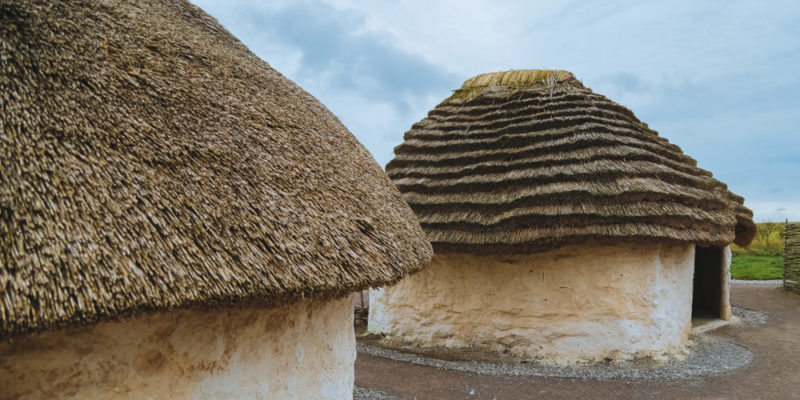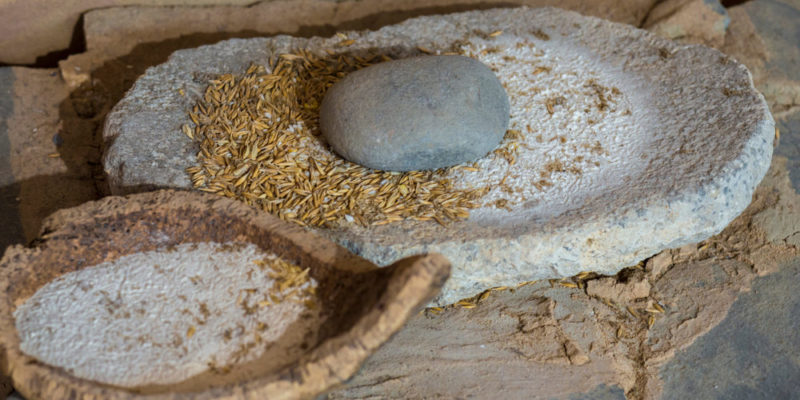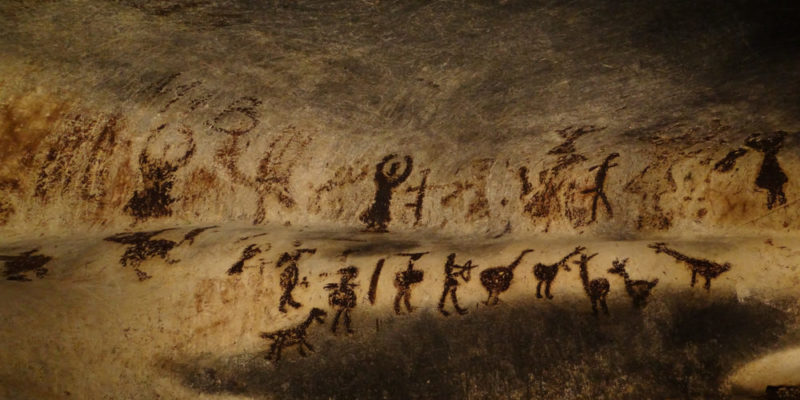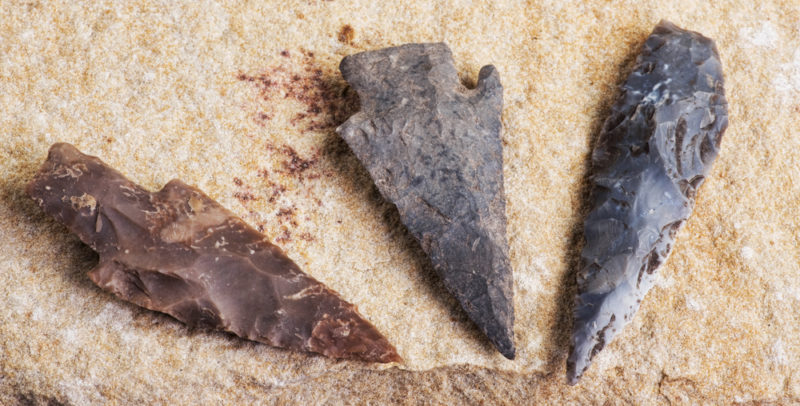We explain what the Neolithic is and what its general characteristics are. Also, how was art and architecture at this stage.
What is the Neolithic?
 The Neolithic period is the last stage of the Stone Age , also known as the final stage of cultural evolution. It was after the Mesolithic period and before the Bronze Age . It ranges from 10,000 BC until 3,000 BC and, together with the Paleolithic and Mesolithic periods , make up the Stone Age.
The Neolithic period is the last stage of the Stone Age , also known as the final stage of cultural evolution. It was after the Mesolithic period and before the Bronze Age . It ranges from 10,000 BC until 3,000 BC and, together with the Paleolithic and Mesolithic periods , make up the Stone Age.The Neolithic was characterized by the use of molded and polished stone tools . In addition, he stood out for the development of agriculture and livestock, pottery, the arts , the domestication of certain animals and the consolidation of sedentary life .
Neolithic characteristics
 The starting point of the Neolithic period is a matter of debate. It is estimated that it began around 10,000 BC , when humans learned to farm, raise domestic livestock, and gather plants and fruits. The system of cultivation of wheat, rice and corn, allowed to formalize the sedentary lifestyle.
The starting point of the Neolithic period is a matter of debate. It is estimated that it began around 10,000 BC , when humans learned to farm, raise domestic livestock, and gather plants and fruits. The system of cultivation of wheat, rice and corn, allowed to formalize the sedentary lifestyle.Archaeological evidence indicates that the transition from food-collecting to producing cultures occurred gradually. For example, in the Middle East around 9,000 BC. C., in Southeast Europe around 7,000 BC and in East Asia around 6,000 BC
The Neolithic period implied a gradual and not sudden cultural change , which is why it is divided into three stages according to the level of sophistication achieved in agriculture, architecture and ceramics:
- Early Neolithic: It is estimated between 10,000 BC and 3,000 BC.
- Middle Neolithic: It is the most fruitful and developed between 3,000 BC and 2,800 BC.
- Final Neolithic: It is the shortest, from 2,800 BC to 2,300 BC with the beginning of the Metal Age.
Neolithic art
 In Neolithic paintings , images of the human body without details on the face stand out, with a somewhat primitive appearance and monochrome tones. The settlement at 'Ain Ghazal (located in present-day Jordan) is an important archaeological site that contains a large number of these figures.
In Neolithic paintings , images of the human body without details on the face stand out, with a somewhat primitive appearance and monochrome tones. The settlement at 'Ain Ghazal (located in present-day Jordan) is an important archaeological site that contains a large number of these figures.Regarding ceramics , evidence of a wide range of objects and figures related to fertility has been found at Tell-Halaf, in northern Syria, and at Tell-al-Ubaid, on the coast of the Persian Gulf. The ceramic objects were decorated with geometric designs made with brown or black paint.
Neolithic architecture
The middle Neolithic period was noted for advances in architecture . This is the case of the Gobekli Tepe temple, located in southeastern Turkey . It is considered the oldest place of worship built by man. It was characterized by its pillars decorated with reliefs of animals, such as wild boars, snakes and big cats, which they considered protectors of the temple.Other buildings that stand out are the architectural complex of the Antequera Dolmens , which form the monuments of Menga, Viera and Romeral, of which remains are preserved and are considered World Heritage of Humanity. They consist of large stone blocks that form chambers and roofed spaces. It is estimated that they were spaces for rituals.
The use of polished stone
 The pre-Neolithic periods were characterized by the use of stone as part of the military weaponry . However, during the Neolithic period, new techniques were incorporated to work the stone, such as polishing, instead of just carving it or breaking it with blows.
The pre-Neolithic periods were characterized by the use of stone as part of the military weaponry . However, during the Neolithic period, new techniques were incorporated to work the stone, such as polishing, instead of just carving it or breaking it with blows.The mastery of stonework allowed perfecting tools and weapons, such as the arrowhead or the spear to hunt . Archaeological remains of human skeletons with embedded arrowheads have been found.
The techniques applied to the use of stone also served as an influence to perfect ceramics (to preserve food), pottery (to collect fruits) and the manufacture of fabrics (with needles made of bone).
End of the Neolithic
Towards the end of the Neolithic period, work appears on some metals, such as copper. This was what marked the transition to the Bronze Age (a mixture of copper and tin that results in greater hardness and better casting properties).Bronze would have been used to make weapons, something that was not possible with copper. The knowledge developed in metallurgy is what made the Neolithic period and the Stone Age obsolete.
Luke is passionate about fostering student involvement and connection. He studied psychology for his major and likes learning about the past. Luke aims to specialize in artificial intelligence and cybersecurity. .
Leave a reply
Your email address will not be published. Required fields are marked *Recent post

Sport: What Is It, Types, Risks, Features, Characteristics and Examples
September 23, 2021

Dogs: Emergence, Features, Characteristics, Feeding and Breeds
September 24, 2021

Story: Definition, Elements, Structure, Features and Characteristics
September 24, 2021

Essay: Definition, Structure, Features, Characteristics, How to Do It
September 24, 2021
